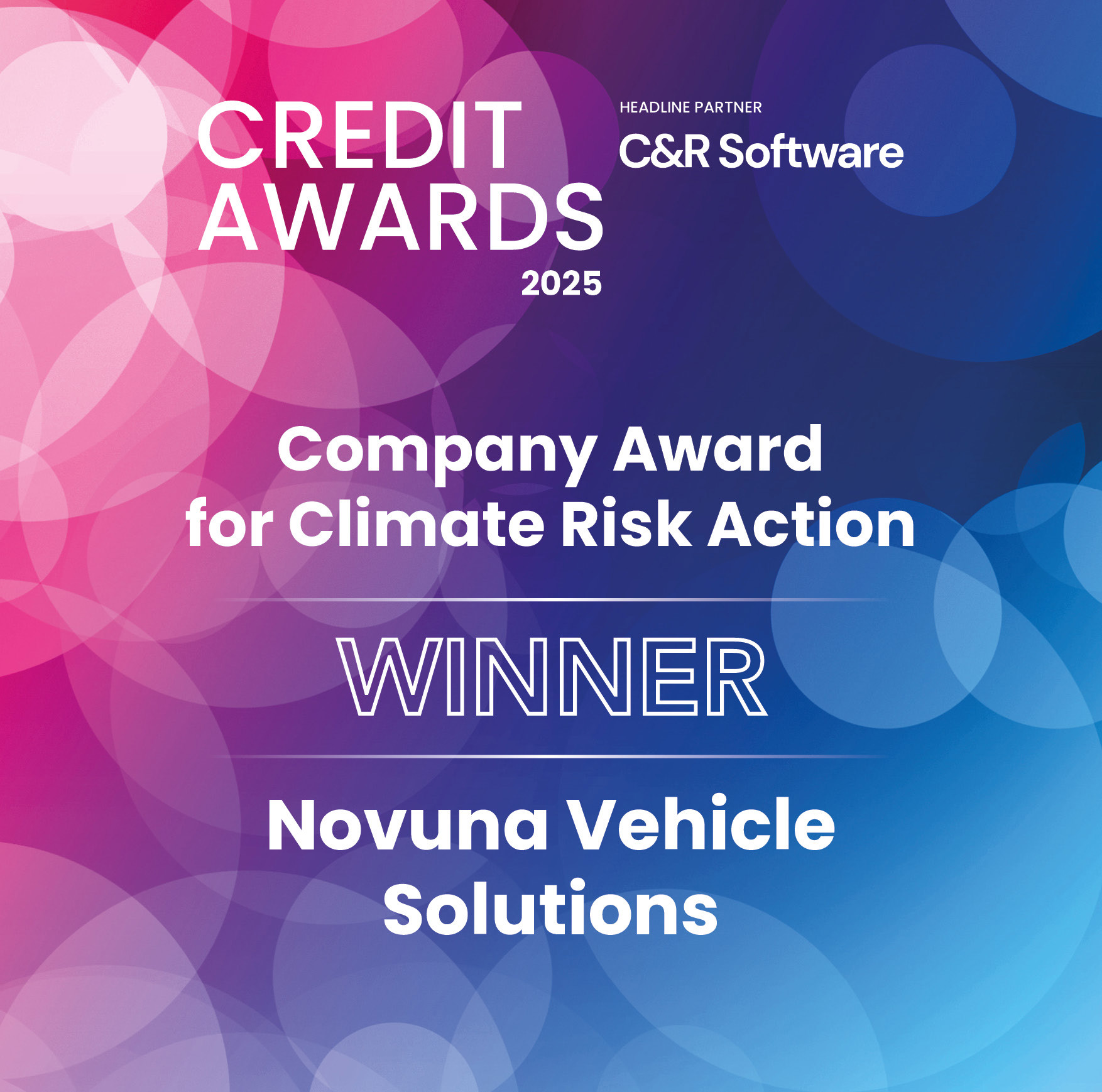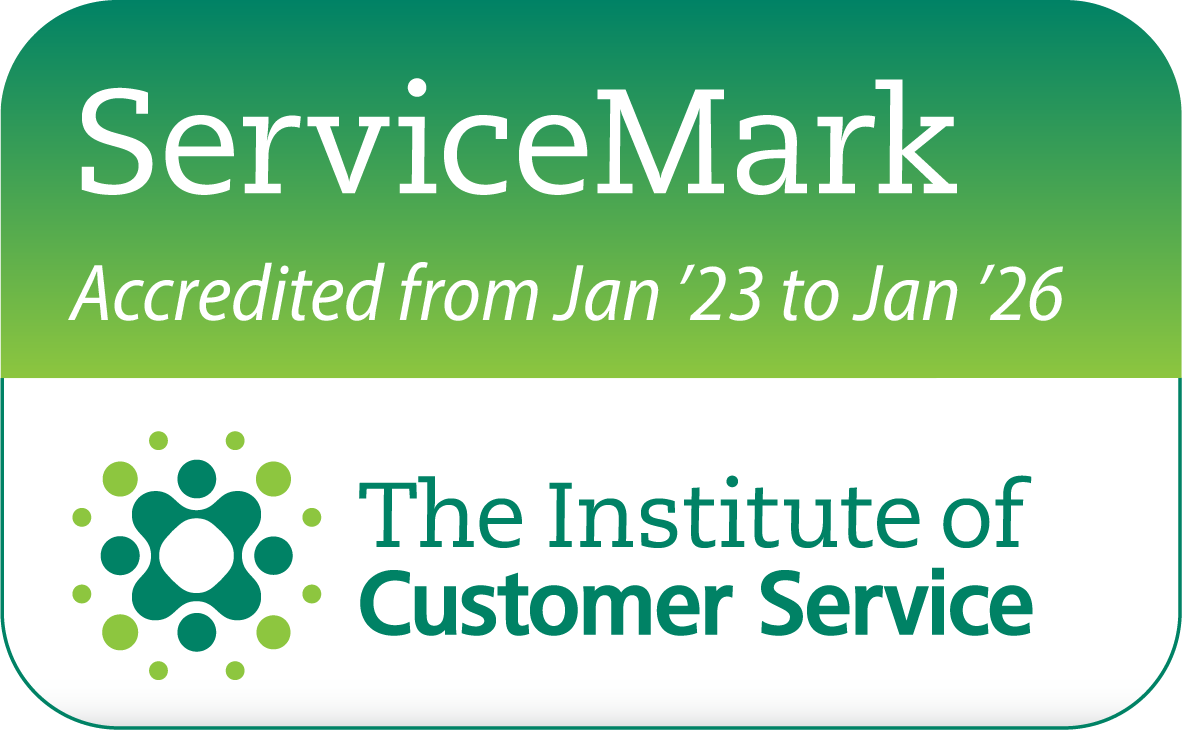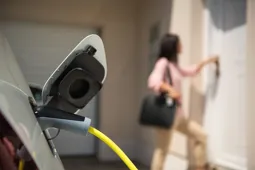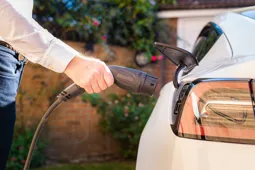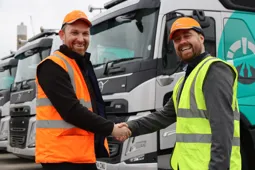Delivering sustainable vehicle solutions for your business
Novuna Vehicle Solutions are delighted to be returning to Fleet and Mobility Live for our 7th year.
With greater scrutiny on budgets and more pressure to deliver value, getting the most from your fleet assets is more critical than ever. From unplanned downtime to inefficient utilisation, costs and operational risks can quickly add up.
At Novuna Vehicle Solutions, we work in partnership with you to take control. By understanding your fleet operation, whether you have a single site or operate on a national scale, we develop intelligent, asset-led solutions that help reduce spend, maximise uptime, and improve performance.
We give you the insight, tools and support to ensure your fleet operates efficiently, safely, and with confidence around any asset, anywhere.
See us at Fleet & Mobility Live!
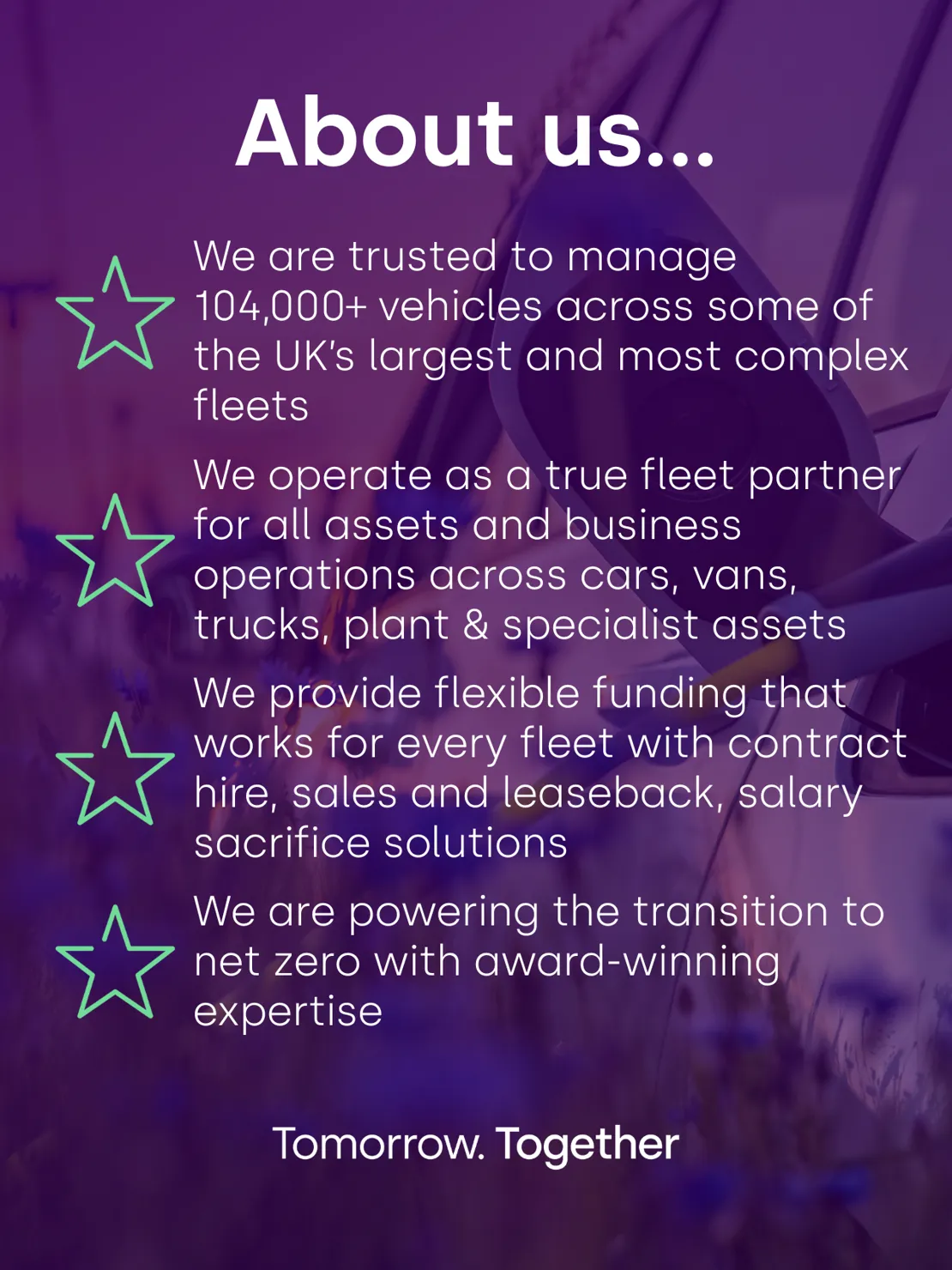
Speak with our fleet experts now
Simply enter your details in the form below to speak with a member of our team before Fleet & Mobility Live 2025.
Don't just take our word for it...
Customer Case Study: Fleet Management
Since 2022, we have powered Bradfords' fleet with reliable vehicles that keep their teams moving and their customers happy. This partnership goes beyond supplying vehicles, it’s about truly understanding the demands of their business and the expectations of their customers.
Watch this video to discover how our growing partnership is built on trust, service, and flexibility, and why Bradfords count on us to keep their fleet running, every single day.
Customer Case Study: Fleet Solutions
We work with Novus Property Solutions to rejuvenate their van fleet through our Sale and Leaseback offering, delivering their 325th van in 2024.
Our video looks at the importance of keeping the fleet age fresh, assisting Novus to achieve their 'Right First Time' approach in all that they undertake.
By working with our customers to truly put their interests first, we are able to carefully craft bespoke solutions, tailored to their unique aims and objectives, travelling down the road to net-zero together.





